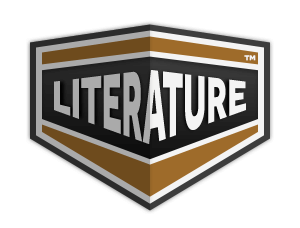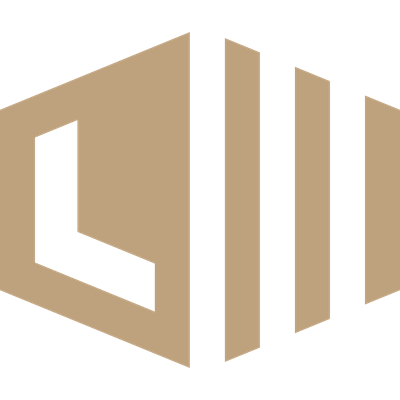Irish Nationality
- 53 Downloads
stones for his fortress, on a shelf of rock over two thousand feet above the sea near Tralee. The Dublin Museum preserves relics of that heroic time, the trappings of war-chariots and horses, arms and ornaments. Amid such conflicts the Connacht kings pressed eastward from Usnech to Tara, and fixed there the centre of Irish life. The Gaelic conquerors had entered on a wealthy land. Irish chroniclers told of a vast antiquity, with a shadowy line of monarchs reaching back, as they boasted, for some two thousand years before Christ: they had legends of lakes springing forth in due order; of lowlands cleared of wood, the appearance of rivers, the making of roads and causeways, the first digging of wells: of the making of forts; of invasions and battles and plagues. They told of the smelting of gold near the Liffey about 1500 B.C. and of the Wicklow artificer who made cups and brooches of gold and silver, and silver shields, and golden chains for the necks of kings; and of the discovery of dyes, purple and blue and green, and how the ranks of men were distinguished henceforth by the colour of their raiment. They had traditions of foreign trade--of an artificer drowned while bringing golden ore from Spain, and of torques of gold from oversea, and of a lady's hair all ablaze with Alpine gold. Later researches have in fact shown that Irish commerce went back some fifteen hundred years before our era, that it was the most famous gold-producing country of the west, that mines of copper and silver were worked, and that a race of goldsmiths probably carried on the manufacture of bronze and gold on what is now the bog of Cullen. Some five hundred golden ornaments of old times have been gathered together in the Dublin Museum in the last eighty years, a scanty remnant of what have been lost or melted down; their weight is five hundred and seventy ounces against a weight of twenty ounces in the British Museum from England, Scotland, and Wales. The earth too was fruitful. The new settlers, who used iron tools instead of bronze, could clear forests and open plains for tillage. Agriculture was their pride, and their legends told of stretches of corn so great that deer could shelter in them from the hounds, and nobles and queens drove chariots along their far-reaching lines, while multitudes of reapers were at work cutting the heads of the grain with the little sickles which we may still see in the Dublin Museum. But to the Irish the main interest of the Gaels lies in their conception of how to create an enduring state or nation. The tribal system has been much derided as the mark of a savage people, or at least of a race unable to advance beyond political infancy into a real national existence. This was not true of the Gaels. Their essential idea of a state, and the mode of its government and preservation, was different from that of mediæval Europe, but it was not uncivilised. The Roman Empire stamped on the minds of its subject peoples, and on
Translation
Translate and read this book in other languages:
Select another language:
- - Select -
- 简体中文 (Chinese - Simplified)
- 繁體中文 (Chinese - Traditional)
- Español (Spanish)
- Esperanto (Esperanto)
- 日本語 (Japanese)
- Português (Portuguese)
- Deutsch (German)
- العربية (Arabic)
- Français (French)
- Русский (Russian)
- ಕನ್ನಡ (Kannada)
- 한국어 (Korean)
- עברית (Hebrew)
- Gaeilge (Irish)
- Українська (Ukrainian)
- اردو (Urdu)
- Magyar (Hungarian)
- मानक हिन्दी (Hindi)
- Indonesia (Indonesian)
- Italiano (Italian)
- தமிழ் (Tamil)
- Türkçe (Turkish)
- తెలుగు (Telugu)
- ภาษาไทย (Thai)
- Tiếng Việt (Vietnamese)
- Čeština (Czech)
- Polski (Polish)
- Bahasa Indonesia (Indonesian)
- Românește (Romanian)
- Nederlands (Dutch)
- Ελληνικά (Greek)
- Latinum (Latin)
- Svenska (Swedish)
- Dansk (Danish)
- Suomi (Finnish)
- فارسی (Persian)
- ייִדיש (Yiddish)
- հայերեն (Armenian)
- Norsk (Norwegian)
- English (English)
Citation
Use the citation below to add this book to your bibliography:
Style:MLAChicagoAPA
"Irish Nationality Books." Literature.com. STANDS4 LLC, 2024. Web. 27 Nov. 2024. <https://www.literature.com/book/irish_nationality_34900>.

